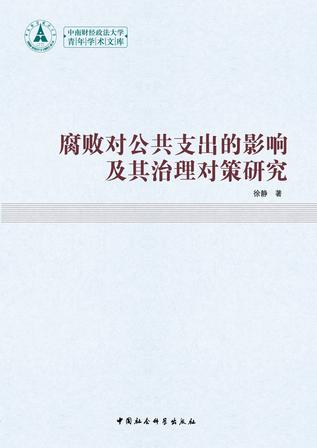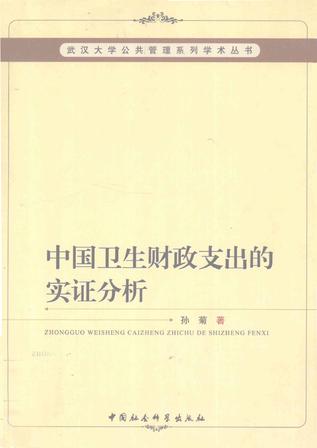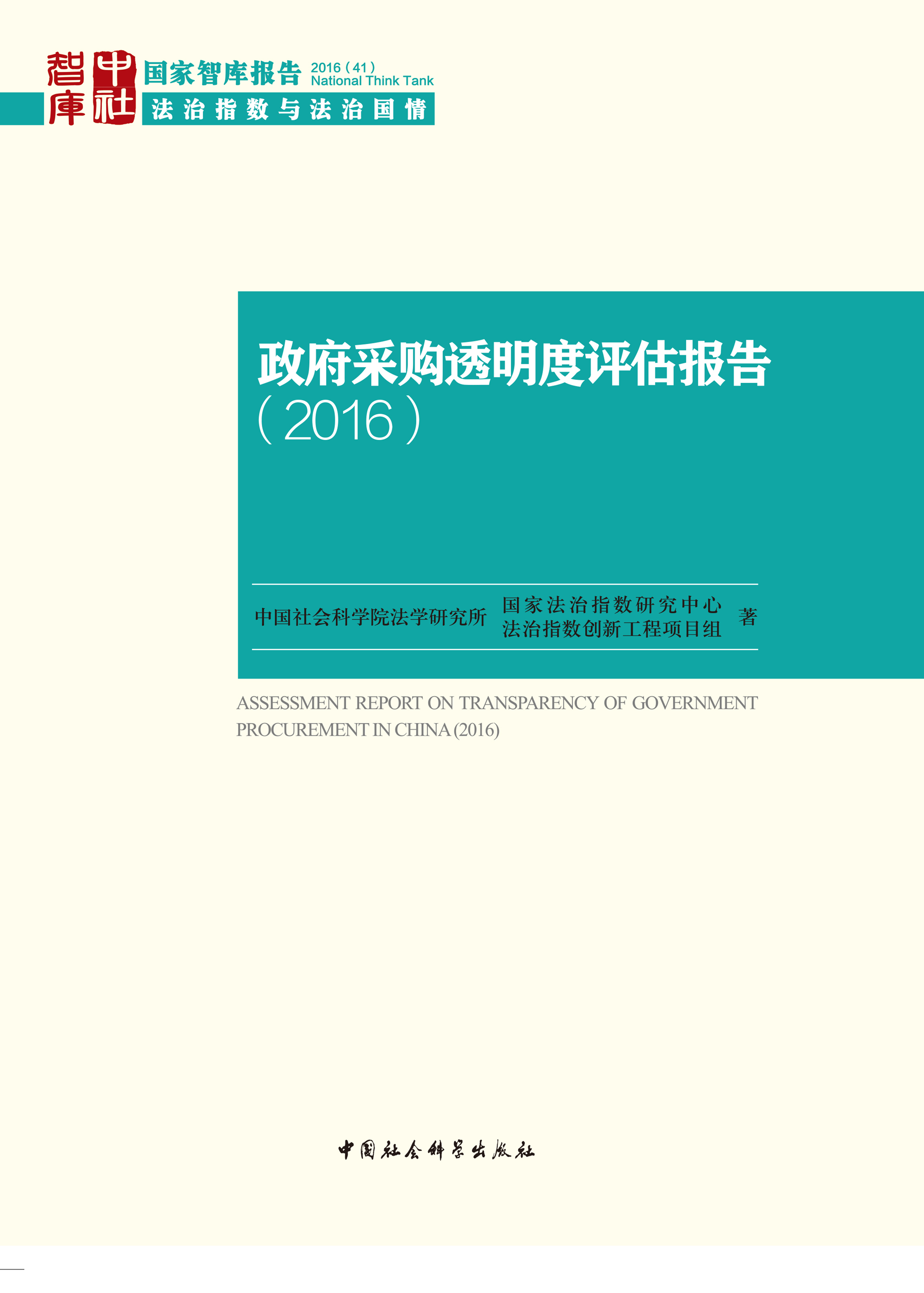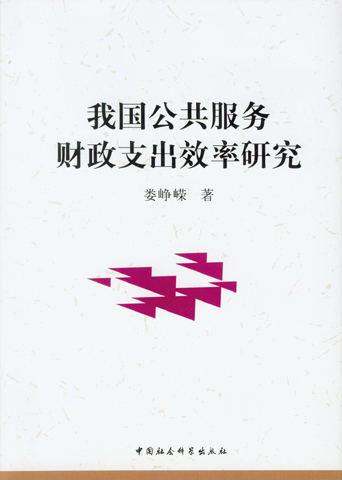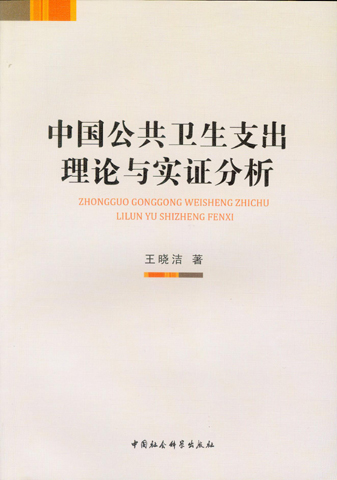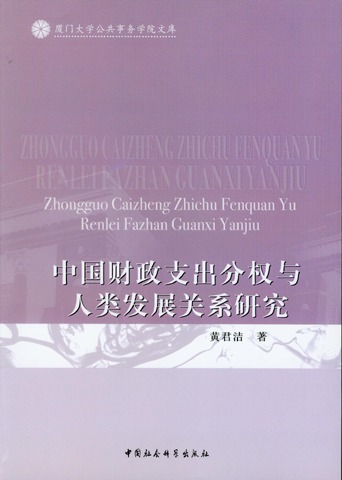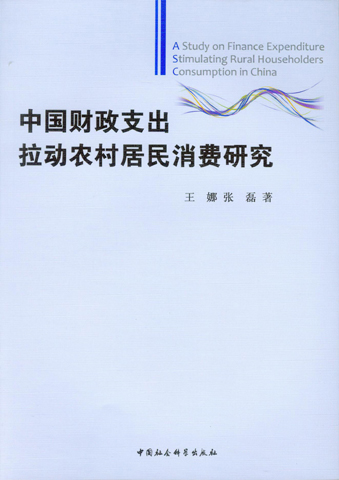内容简介
作者简介
目录
The rise of Institution Economics inspires economists’attention to corruption.Once the friction due to the institutional disfigurement hinders the wheel of economic growth,does corruption,the reason and the result as well of the institutional disfigurement,act as grease or sand of the crunch-crunch wheel?From the 1950s,west researchers began to find the answer and formed two different opinions.One believes that corruption can improve economic efficiency,and another believes that corruption hampers economic growth.From the 1980s,the economic transition in China,Central and Eastern Europe caused the widespread breed and spread of corruption.Corruption has great effects on public expenditure structure,domestic private investment,foreign direct investment,foreign trade,foreign aids,domestic financial system and financial crisis,thus affects economic growth,income distribution and economic security.Corruption is not due to economic reform,but the reform and open stimulates the wide spread of corruption in China indeed.China's CPI remains below 3.5 from 1995,so it belongs to the list of the relative corrupt countries on the world.Moreover,due to the low grading of BPI,China always goes to the bottom of the sample countries,which shows the great propensity of China's entrepreneurs to bribe.From the data of CI,the level of corruption in 30 provinces and municipalities in China has been very high at the end of the 1980s and the very beginning of the 1990s.In the following years,it eased somewhat.However,the level of corruption began to rise slowly after 2000.Multiple researches show that the scale and structure of public expenditure have some effects on economic growth.The effect of the former is uncertain,but the effect of the latter is remarkable.Productive expenditure improves economic growth,while rent-seeking expenditure results in lower efficiency and waste of resources.In China,the scale of public expenditure in all provinces and municipalities expands greatly and accords with the Wagner's Law.However,the unbalance of expenditure structure is obvious and solidified.In detail,the ratios of the administration expenditure,policy-related subsidies expenses and urban maintenance expenditure to the total expenditure are very high and increase year by year.On the contrary,the ratios of the expenditure for science and technology promotion and the expenditure for education,culture and health are too small.At the same time,the scales and structures of public expenditures are different in different economic regions.From the viewpoint of expenditure scale,the more developed east region has greater scale of public expenditure,while the less developed medium and west regions have relatively higher public expenditure per capita.From the viewpoint of expenditure structure,the provinces and municipalities in west region expend more on infrastructure,science,education,culture and health than east and medium regions.But the administration expenditure is much higher in west region too.Corruption restrains economic growth by means of affecting the public expenditure.How does and how can corruption influence the public expenditure scale,structure and efficiency?Will the influence spread to economic growth?And if the negative effects of corruption do exit,how can the government control corruption?Can the government control corruption by reducing the government intervention,improving the extent of marketization,privatization,internationalization and educational level,and carrying out efficiency wage?All should be answered in the research.Based on CI-an objective evaluating indicator of corruption,the book analyzes the effects of corruption on the scale,structure and efficiency of public expenditure .The model concludes that more corrupt governments tend to expend less,at the same time,the efficiencies of all kinds of public expenditure will be lower.However,public expenditures on rent-seeking sectors increase.To test the results empirically,the book studies the data of corruption indexes and kinds of public expenditure in 30 provinces and municipalities from 1989 to 2004.Then,the book combines 12 indexes to show the effects of government intervention,marketization,efficiency wage,educational level and economic growth on anti-corruption,which provides the policy suggestions for controlling corruption.The book consists of eight chapters,which are organized as follows:ChapterⅠ is an introduction.It shows the backgrounds,research motives,research methods and main contents,as well as the innovations and short-comings.ChapterⅡ is a literature summary.Economic analyses on corruption usually focus on three topics.One is the definition of corruption.Though numbers of researchers,research institutes and surveys define corruption differently,most of them look corruption as”the abuse of public power for private interests”.From the generalized view,corruption can be defined as the behavior that the person with public power misuses public power for private interests,which hurts the public interests.From a narrow sense,corruption can be considered as the misuse of public power by the public officials.The second topic focuses on the causes of corruption.Economic and noneconomic factors induce the spread of corruption.The former includes trade restrictions,government subsidies,price controls,low official wages and differences in natural resources,and the latter includes some political,cultural,religious,ethnic and gender factors.The third topic is the economic effects of corruption.Besides of economic efficiency,corruption can affect economic growth,international trade,capital formation and foreign aids greatly.But divergences exist in available researches based on different samples and measures.Chapter Ⅲ constructs a corruption index system.To avoid the bias of existing corruption indexes based on subjective assessment,such as GCR index,ICRG index,CPI and so on,the book tries to build up a new,objective corruption index of China.The corruption index is based on five objective indexes and three reference indexes.The five objective indexes include the number of corruption cases,the number of huge corruption cases,the amount of money involved in corruption cases,the number of corrupt mid-governmental officials and the number of corrupt officials in administrative organs,party organs,judicial organs and economic management departments.All the indexes have direct relation with corruption.The reference indexes include GDP per capita,urban Engel Index and rural Engel Index.,which have indirect relation with corruption.Based on two kinds of technical measures,the Analytic Hierarchy Process(AHP)and Artificial Neural Networks(ANN),the book builds up two relatively objective corruption indexes.Compared with CPI,CI calculated by ANN is more suitable and adopted at last.Chapter Ⅳ is the empirical test on the effects of corruption on the scale of public expenditure and economic growth.The book firstly outlines the basic condition of the increasing of total public expenditure.Secondly,based on CI constructed in Chapter Ⅲ,the paper builds up a Model of Simple Regression to analyze the effects of corruption on the scale of public expenditure and economic growth.The results show that corruption constraints economic growth and the scale of public expenditure.ChapterⅤ is a dynamic model of corruption.Based on reviewing the classical models of Barro(1990)and Ehrlich & Lui(1999),the book aims to improve the effects of corruption on public expenditure structure empirically by means of a dynamic growth model including corruption.In the model,corruption is considered as tax levied on investment,so it’s endogenous.Households can choose between working either in the productive sectors or in the rent-seeking activities.The public capital and investment can divided into productive type and physical type.When the revenue from the two types of activities equals,the economy reaches equilibrium.At the equilibrium point,the level of corruption has negative effects on the ratio of productive public investment to physical public investment as well as GDP per capita.ChapterⅥ analyzes the co-relationship between corruption and different kinds of public expenditures to test the effects of corruption on the ratio of infrastructure expenditure,administration expenditure,urban maintenance expenditure,expenditure for technical updates and transformation in enterprises,expenditure for science and technology promotion,expenditure for education,culture and health,expenditure on social pension and welfare and expenditure for subsidize rural production to the total public expenditure,which can measure the distortion effects of corruption on public expenditure structure quantitatively.Chapter Ⅶis the empirical analysis on anti-corruption policies.Based on the existing studies on anti-corruption,the book divides the policy tools of anti-corruption into five kinds such as government behaviors,marketization,efficiency wages,educational levels and economic growth.The five factors can be shown by the ratio of local government public expenditure to national government public expenditure,the ratio of public expenditure to local GDP,the ratio of administration expenditure to public expenditure,the ratio of expenditure on science,education,culture and health to public expenditure,the ratio of investment by non-state-owned economy to the social investment on fixed assets,the ratio of employment in non-state-owned economy to the total employment,the ratio of FDI to GDP,the ratio of foreign trade to GDP,the relative wages of public officials,the number of college students per million person,the growing rate of GDP and urban per capita disposable income.Then the paper uses a fixed effect model to analyze the effects if the above 12 factors on controlling corruption.Chapter Ⅷ includes the main conclusions and policy recommendations.Based on the proceeding results,the paper suggests of controlling corruption by building good economic,political,legal,regnlation culture and international environmental circumstances.The main conclusions are as follows:Firstly,corruption has obvious negative effects on the scale of public expenditure and economic growth.The simply co-relationship analysis shows that when CI improves 1%,GDP per capita drops 0.628% and the scale of public expenditure increases 0.125%.The former result is in accordance with the results of proceeding studies,but the latter is totally on the contrary with related research,which may due to the special economic and financial system in China.Secondly,corruption distorts public expenditure structure,and then hampers economic growth.The dynamic growth model of corruption demonstrates that a corrupt government tends to expend on rent-seeking sector,where corruption is prevalent.The book uses a simple containing 3840 datus to analyze the effects of corruption on the ratios of different public expenditure to the total expenditure.The results show that corruption has obvious positive effects on infrastructure expenditure,administrative expenditure and urban maintenance expenditure,but has obvious negative effects on expenditure for science and technology promotion,expenditure for education,culture and health,and expenditure on social pension and welfare.When the level of corruption improves 1%,infrastructure expenditure,administrative expenditure and urban maintenance expenditure will increase respectively 0.132%,0.145% and 0.345%.On the contrary,expenditure for science and technology promotion,expenditure for education,culture and health,and expenditure on social pension and welfare will drop respectively 0.143%,0.14% and 0.082%.Finally,various measures have different effects on controlling corruption.Drawn from the proceeding theoretical researches and policy operation,there’re a variety of anti-corruption policies,which have different effects.The book empirically tests the practical effects of 12 policy tools on controlling corruption.The results show that decreasing government intervention,cutting down rent-seeking expenditure,improving the degree of marketization can achieve remarkable success in controlling corruption.However,improving the public officials’wages,the level of education and the degree of internationalization cannot do much in anti-corruption.Key Words:Corruption,Public Expenditure,Economic Growth,Control Corruption
全部显示∨
徐静,1978年出生,湖北黄陂人,博士,就职于中南财经政法大学经济学院。主要从事国际经济学的教学和科研工作,研究方向为经济增长。先后在《国外社会科学》、《中国行政管理》、Business Inform等国内外杂志上发表多篇论文。主持2009年和2012年教育部基本科研项目(中南财经政法大学青年基金项目)各1项,主持2010年湖北省人文社科基金项目1项,主持2011年教育部人文社科基金项目1项,主持2012年国家社科基金课题1项。
全部显示∨
第一章 引言第一节 研究背景和研究意义一 腐败在中国的蔓延
二 腐败问题在中国的研究
第二节 研究框架和主要内容
第三节 创新和不足
第二章 腐败研究的文献综述第一节 腐败界定的研究综述一 寻租理论框架下的腐败界定
二 基于行为特征描述的腐败界定
第二节 腐败成因的研究综述一 导致腐败产生的经济因素
二 导致腐败产生的非经济因素
第三节 腐败的经济增长效应:润滑剂抑或绊脚石?一 腐败与效率
二 腐败与经济增长
第四节 分析与总结一 腐败问题的研究历程和研究方法
二 简要评述
第三章 腐败的客观测评方法——以中国各省市数据为例第一节 国内外腐败指数一 国外腐败指数
二 国内的腐败指数
三 简要评述
第二节 腐败的客观衡量指标一 基本原则和指标筛选
二 指标权重的确定及腐败指数的确定
三 两组腐败指标的对比分析——以CPI为参照
第三节 腐败指数的结论性评价
第四章 腐败对公共支出规模的影响第一节 我国公共支出规模与经济增长的现状一 全国历年来的公共支出规模及其变化
二 各省历年来的公共支出规模及其变化
第二节 腐败对公共支出规模影响的实证分析一 模型及变量的选取
二 实证分析结果
第三节 小结
第五章 腐败对公共支出结构影响的理论分析第一节 腐败、公共投资与经济增长的经典模型一 公共支出与经济增长
二 官员腐败与内生经济增长
第二节 腐败的动态增长模型一 假设和变量界定
二 居民的选择及均衡
三 公共投资政策的选择和目标函数的建立及求解
四 数例演绎
第三节 小结
第六章 腐败对公共支出结构影响的实证分析第一节 我国公共支出结构与经济增长的现状一 全国的公共支出结构及其变化
二 各省的公共支出结构及其变化
第二节 腐败与政府公共支出结构的相关性分析一 计量模型
二 分析结果
第三节 小结
第七章 腐败控制的实证分析第一节 控制腐败问题的研究综述一 国外控制腐败的相关研究
二 国内控制腐败的相关研究
第二节 腐败控制的实证分析一 解释变量的选取和数据的描述
二 计量模型及分析结果
第三节 小结
第八章 结论与政策建议第一节 结论一 我国各省的腐败程度与经济体制改革以及法制建设密切相关
二 腐败对我国政府公共支出规模和经济增长有着明显的负效应
三 腐败对政府公共支出结构造成一定的扭曲,进而影响经济增长
四 改善政府公共支出结构等措施对控制腐败有着不同的效应
第二节 政策建议一 构建控制腐败的良好经济环境
二 构建控制腐败的良好法律环境
三 构建控制腐败的良好政治环境
四 构建控制腐败的多层次监督体系
五 构建控制腐败的良好文化环境
六 构建控制腐败的良好国际环境
主要参考文献
后记
该书无电子版哦,想阅读点购买纸书吧,现在还在打折喔(⊙o⊙)
